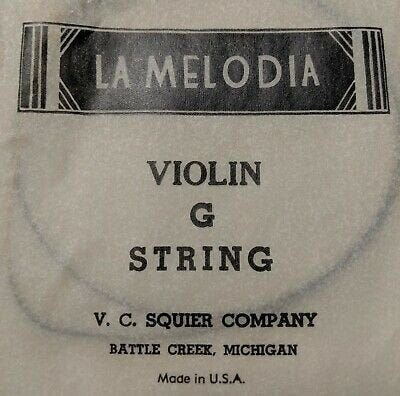Guitar Gavel “Gear” Of The Week with Will Ray
Will Ray shows off a customized and torched-up G&L S-500. “When you burn wood, it has a tendency to dry it out just enough to give a little bit of a different tone.” The mods were done by his luthier friend Mac Whiteside of Austin, TX.
“Let’s put it in a song here, and I’ll show you what she can do.”
For instructional videos, merchandise, or to contact will about private guitar lessons. Check out Will's website, https://willray.biz/
It starts with strings…
The initial point of the Squier series was to undermine the Fender copy market in Europe and Japan by providing a Fender copy. Except the copy was a Fender.
Squier’s roots go back to the late 1800s when Jerome Bonaparte Squier and his son started repairing and crafting violins in his Boston, MA shop. He later moved the operation to Battle Creek, MI and by the turn of the 20th century Squier had developed a system to mass produce violin strings and added this to his product offerings.
If you can make wound strings for a violin then why not guitars and the 1 needed for a banjo :-). So he did. The string business was good and eventually superseded violin production.
Leo Fender started using Squier strings on his guitars in the late 1950s and ended up buying the V.C. Squier Company in 1965. Over time the Squier brand of strings disappeared and by 1972 the strings were sold under the Fender label.
That wasn’t the only thing disappearing in the 1970s, so was Fender’s global market share. A combination of diminished quality from Fender and a brutal assault of well-built Japanese knockoffs had taken a toll on the company. Not to mention the imitations were considerably less expensive.
Fresh management was brought in to correct the problem in 1981. Their solution? Take Fender to Japan and force the imitation companies out of business, or at least diminish their business. One year later a deal was consummated between Fender USA, Kanda Shokai and Yamano Gakki to create Fender Japan, Ltd with the intention to sell MIJ Fender guitars only in Japan.
In that process another idea was born, could the manufacturing capacity of Fender Japan be capitalized in other ways? The answer was "yes". This is when Squier was reborn, a subsidiary of Fender Japan and the first Squier guitars were exported to Europe in 1982, followed by the domestic Japanese market and eventually the USA. Squier production remained in Japan until the late 1980s.
In the end it was Fender’s own act of protectionism that brought forth Squier, and those distinctly Fender Japan guitars we don’t often see stateside.
Introducing Wyatt Wednesdays
Wyatt is the founder of Abstract Audio and WA & Co. Bethlehem Amp & Pedals. When he's not building pedals he's repairing or playing guitars. Check out his Reverb shop at https://reverb.com/shop/wyatts-guitar-garage
In our first conversation we get an introduction to Wyatt and talk about his foray into the pedal business, lessons learned along the way, and the pivot towards Abstract Audio. No matter where Abstract Audio goes the mantra is boutique, low key, and fun.
We'll continue the Wyatt conversation for the next couple of episodes and then we'll get off the Wyatt Bus and throw ourselves under the bus. Thanks for watching and stay tuned!




